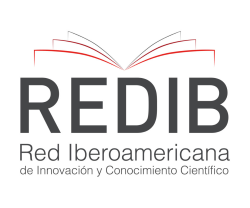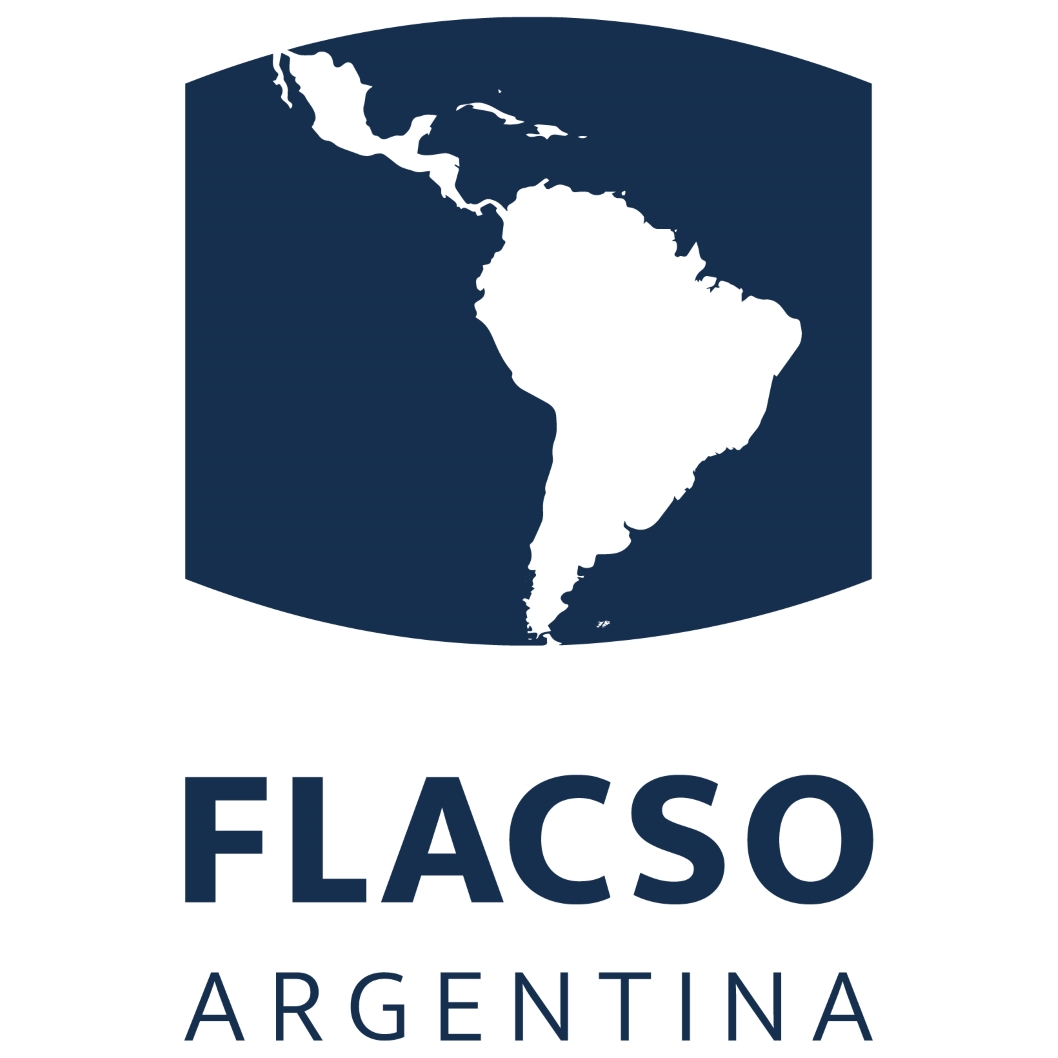How Do Identities of Afro-Colombian Women from The Community Council of San Andrés Village Contribute to Their Community Development
Resumen
Identity leads to conditionate actions in context, and these actions can contribute to community development. This paper will present a historical overview of afro-women in Colombia; will describe how afro-women from the Afrodescendant Community Council of San Andrés village identify themselves. Based on this, the main goal of this research is to discover how afro-women contribute to community development based on their self-identity conception. The research is done following a mixed method with an exploratory sequential design, applying qualitative and quantitative analysis. A new finding is presented that evidences individual and collective identity and their historical and current contribution to the community development of the Afrodescendant Community Council of San Andrés village.
Descargas
Citas
Angela. (2023). Afro woman belonging to the Community Council of San Andrés village in Girardota town, Antioquia. In interview and participation of research about identity and community development in the Community Council of San Andrés village.
Blanco, J.B., & Poveda, M.C. (2009). Women in the history of Colombia, their rights, their duties. Prolegomena, 12(23), 143-158.
https://revistas.unimilitar.edu.co/index.php/dere/article/view/2501. Translated from Spanish into English by the writer: “el matrimonio significaba, no sólo una unión espiritual y un compromiso social, sino también un contrato económico para conservar la fortuna familiar. Era un medio para crear un tejido de intereses y alianzas familiares” (Blanco & Poveda, 2009, p. 146).
Caputto, L.A. (2008). Women in Colombia: education for democracy and democracy in education. Education and Social Development, 2(1), 112-121. Translated from Spanish into English by the writer: “sus derechos y libertades debían ser tutelados por otros, pues la igualdad no existía como norma en esta sociedad, que se concebía como justa al ser hecha por hombres y para hombres” (Caputto, 2008, p.114).
Cascante, D., & Brennan, M. A. (2011). Conceptualizing community
development in the twenty-first century. Community Development, 43(3), 293-305.
Connelly, F.M.; Clandinin, D. J. (quoted by Larrosa, J. 1995) Experience reports and narrative research. Let me tell you: essays on narrative and education. Barcelona: Editorial Laertes. p. 11-12.
Community Council of San Andrés village. (2021). Statutes of the Community Council of the village of San Andrés. Antioquia, Colombia.
Curiel, O. (2014). Feminist epistemologies and methodologies. Building feminist methodologies from decolonial feminism.
Elena. (2023). Afro woman belonging to the Community Council of San Andrés village in Girardota town, Antioquia. In interview and participation of research about identity and community development in the Community Council of San Andrés village.
Ella. (2023). Afro woman belonging to the Community Council of San Andrés village in Girardota town, Antioquia. In interview and participation of research about identity and community development in the Community Council of San Andrés village.
Fajardo, M. Bermejo, M. Ruiz, M. y Fajardo, M. (2005). La Mujer y lo Femenino en el Mundo Actual. Red de Revistas Científicas de América Latina, el Caribe, España y Portugal Sistema de Información Científica.
Giraldo, O. (1972). El machismo como fenómeno psicocultural. Revista Latinoamericana de Psicologta; 4, 295-309. Translated from Spanish into English by the writer: “el énfasis o exageración de las características masculinas y la creencia en la superioridad del hombre” (Giraldo, 1972, p. 295).
Grueso, E. (2007). Plan integral de largo plazo para la población negra, afrocolombiana, palenquera y raizal. documento Conpes 3660 de 2010.
Grossberg, L. (2014). About Stuart Hall. Preface to the Second Edition. No Guarantees. Trajectories and Problems in Cultural Studies. Editorial del Cauca.
Goel, K. (2014). p. 2. Understanding Community and Community Development. University of South Australia.
Kauth, R. Magallanes, M. y Quintana, L. (1993). Revista Latinoamericana de Psicología. El Machismo en el Imaginario Social. 25 (2). Recuperado de
https://www.redalyc.org/pdf/805/80525209.pdf
Kenia. (2023). Afro woman belonging to the Community Council of San Andrés village in Girardota town, Antioquia. In interview and participation of research about identity and community development in the Community Council of San Andrés village.
Kenya. (2001). Afro woman belonging to the Community Council of the village of San Andrés in the municipality of Girardota, Antioquia. In an interview and participation on the forms of relationship or organization in the Community Council of the village of San Andrés.
Lamus, D. (2012). The Black Color of (without) White Reason: The place of Afro-descendant women in the organizational processes of Colombia. Autonomous university of Bucaramanga. Translated from Spanish into English by the writer: Lamus (2012) refiere que indagar por el lugar político y cultural de las mujeres de las comunidades negras de Colombia implica, a su vez, preguntar por los efectos de las condiciones de pobreza y violencia, característicos de los territorios, históricos o actuales, que ellas y sus familias habitan (p. 7).
Law 70 (1993). By which transitory article 55 of the Political Constitution is developed. The Colombian Congress
Lugo, C. (1985). Nueva Sociedad. Machismo y violencia. (78). Recuperado de https://nuso.org/media/articles/downloads/1288_1.pdf. Translated from Spanish into English by the writer: hacinamiento, promiscuidad, uso de la violencia para zanjar cualquier diferencia, uso de la violencia para "educar" a los niños, golpizas frecuentes contra la esposa o la madre, alta incidencia de abandono de hijos y esposa, autoritarismo y ausencia de privacidad, incesto, violación, adulterio y bigamia (p. 41)
Luz. (2023). Afro woman belonging to the Community Council of San Andrés village in Girardota town, Antioquia. In interview and participation of research about identity and community development in the Community Council of San Andrés village.
Mary. (2023). Afro woman belonging to the Community Council of San Andrés village in Girardota town, Antioquia. In interview and participation of research about identity and community development in the Community Council of San Andrés village.
Mattessich, P. and Monsey, B. (1997) Community Building: What Makes It Work: A Review of Factors Influencing Successful Community Building, St. Paul, MN: Wilder Foundation
Melo, B. J. (1999). Primero muertas que deshonradas. Antioquia 1890-1936. Historia y sociedad, (6), 108-125. https://revistas.unal.edu.co/index.php/hisysoc/article/view/23117. Translated from Spanish into English by the writer: "el ideal de mujer es el de aquella confinada en su casa, dedicada a las labores domésticas, al trabajo y si tiene pretendientes, deben ser recibidos en presencia de sus padres, sin nada de fiestas." (Melo, 1999, p. 110),
Mena, V. (2015). Violence and black women in Colombia. Afromeninas. Our only Existence is Resistance.Translated from Spanish into English by the writer: Mena (2015) señala que en “la colonia se incorporó la violencia hacia los cuerpos de las mujeres negras como doctrina de vida” (p. 1).
Olayide, O. (2016). Introduction to the Sustainable Development Goals. 10.13140/RG.2.2.13375.30888.
Pencheon, D. (2017). Sustainable Development Goals (SDGs), and their implementation: A national global framework for health, development and equity needs a systems approach at every level. British Medical Bulletin 124(1):1-10
Phillips, R. and Pittman, R. (2009). An Introduction to Community Development. Taylor & Francis e-Library.
Ploch, L. (1976) “Community Development in Action: A Case Study,” Journal of the Community Development Society, 7(1): 5–16.
Rivera, O. (2013). Our second skin: Functional and symbolic aspects of clothing in the daily life of Antioquian women during the 1950s. Cultura Investigativa Magazine.
https://biblat.unam.mx/hevila/CulturainvestigativaRevistavirtualsemillerosdederecho/2013/no7/6.pdf
Derechos de autor 2023 Durley Tatiana Mazo Quintero

Esta obra está bajo licencia internacional Creative Commons Reconocimiento 4.0.











.png)




















.png)
1.png)


